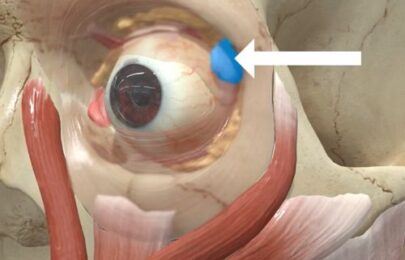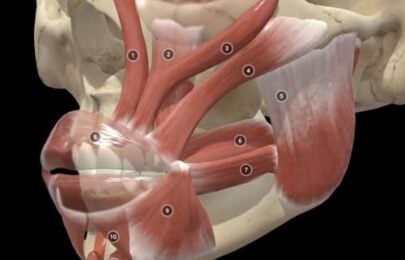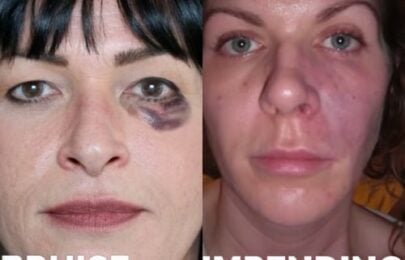3D Anatomy Learning Course
Understanding facial anatomy is crucial for precise filler placement and achieving natural, balanced results. Knowledge of anatomical structures and vascular supply not only helps in avoiding complications but also enhances the overall effectiveness of treatments.
If you are eager to deepen your understanding of anatomy, Dr Tim is excited to announce a new training experience tailored for aesthetic injectors
Watch this space to find out more...

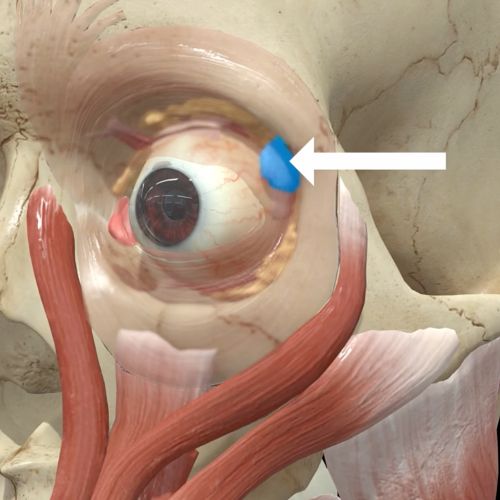
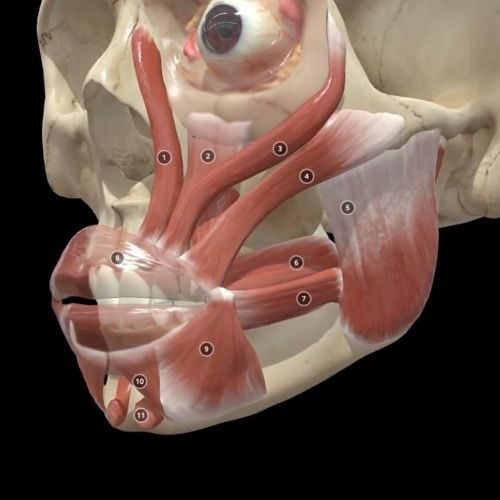
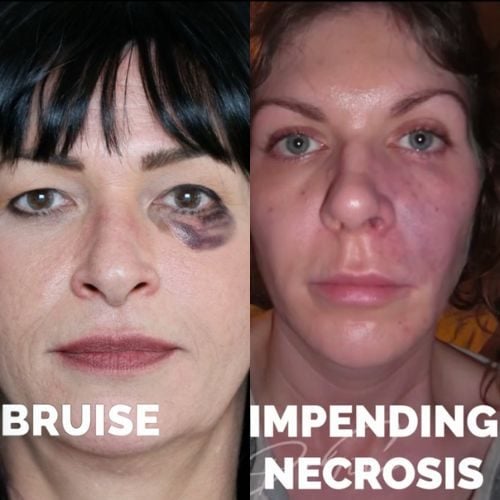

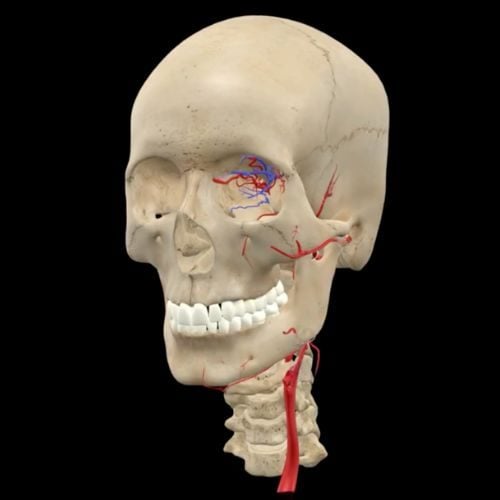
 Dr Tim Pearce
Dr Tim Pearce

 The most important aspect when delivering a facial aesthetic treatment is identifying the tissue you are trying to emulate. This helps determine where and how to inject, and the choice of product. All visible facial elements are composed of multiple tissues, including fat, bone, and muscle.
The most important aspect when delivering a facial aesthetic treatment is identifying the tissue you are trying to emulate. This helps determine where and how to inject, and the choice of product. All visible facial elements are composed of multiple tissues, including fat, bone, and muscle. Within the lower face, we also find Connecting Planes.
Within the lower face, we also find Connecting Planes.
